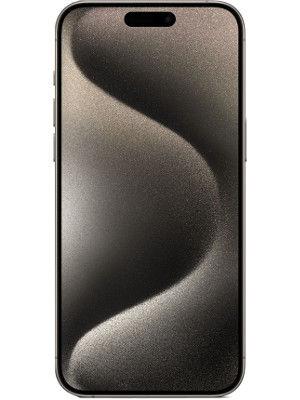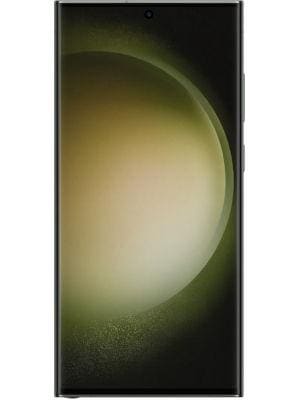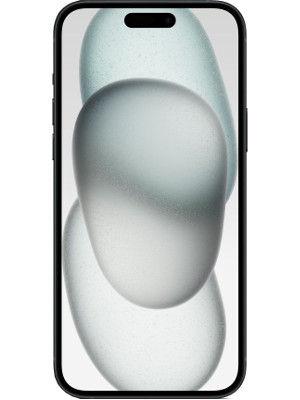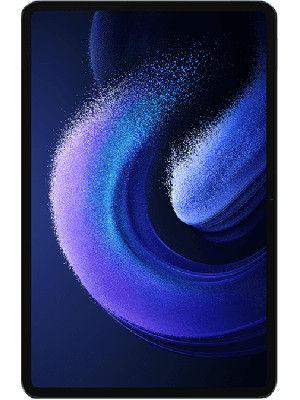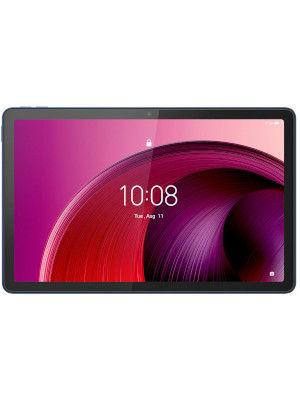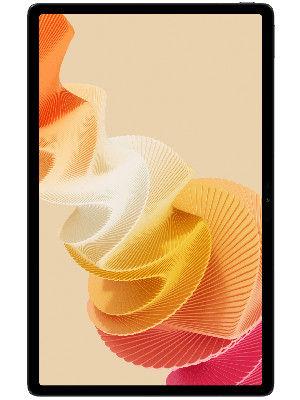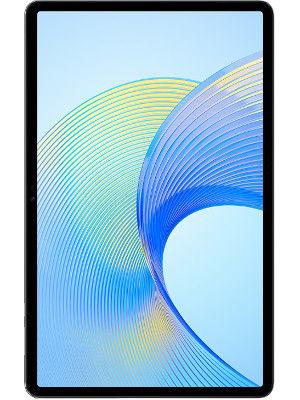Astronomers discover a gigantic mirror-like planet with clouds made of metal
This ultra-hot Neptune-like planet is unique because no other similar celestial body has been observed orbiting so close to its star.
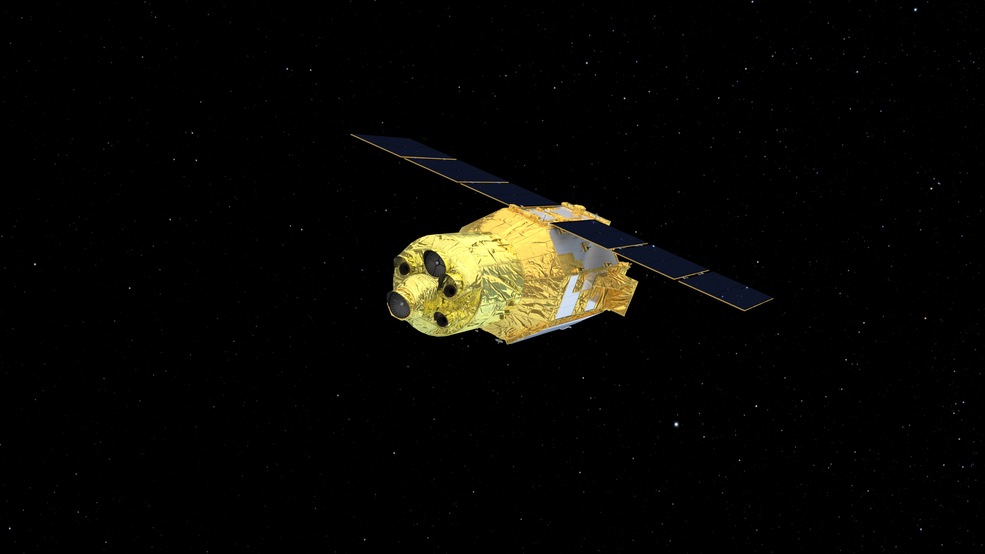
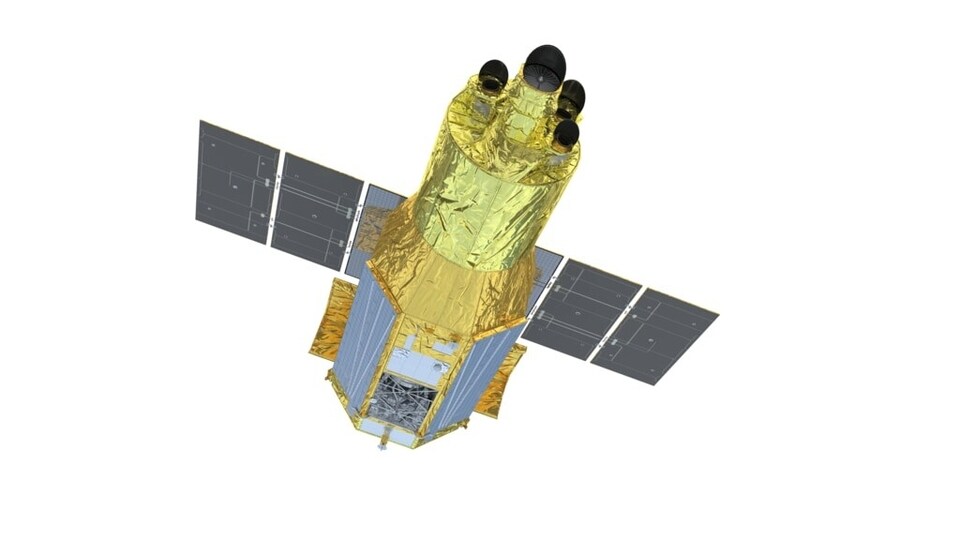
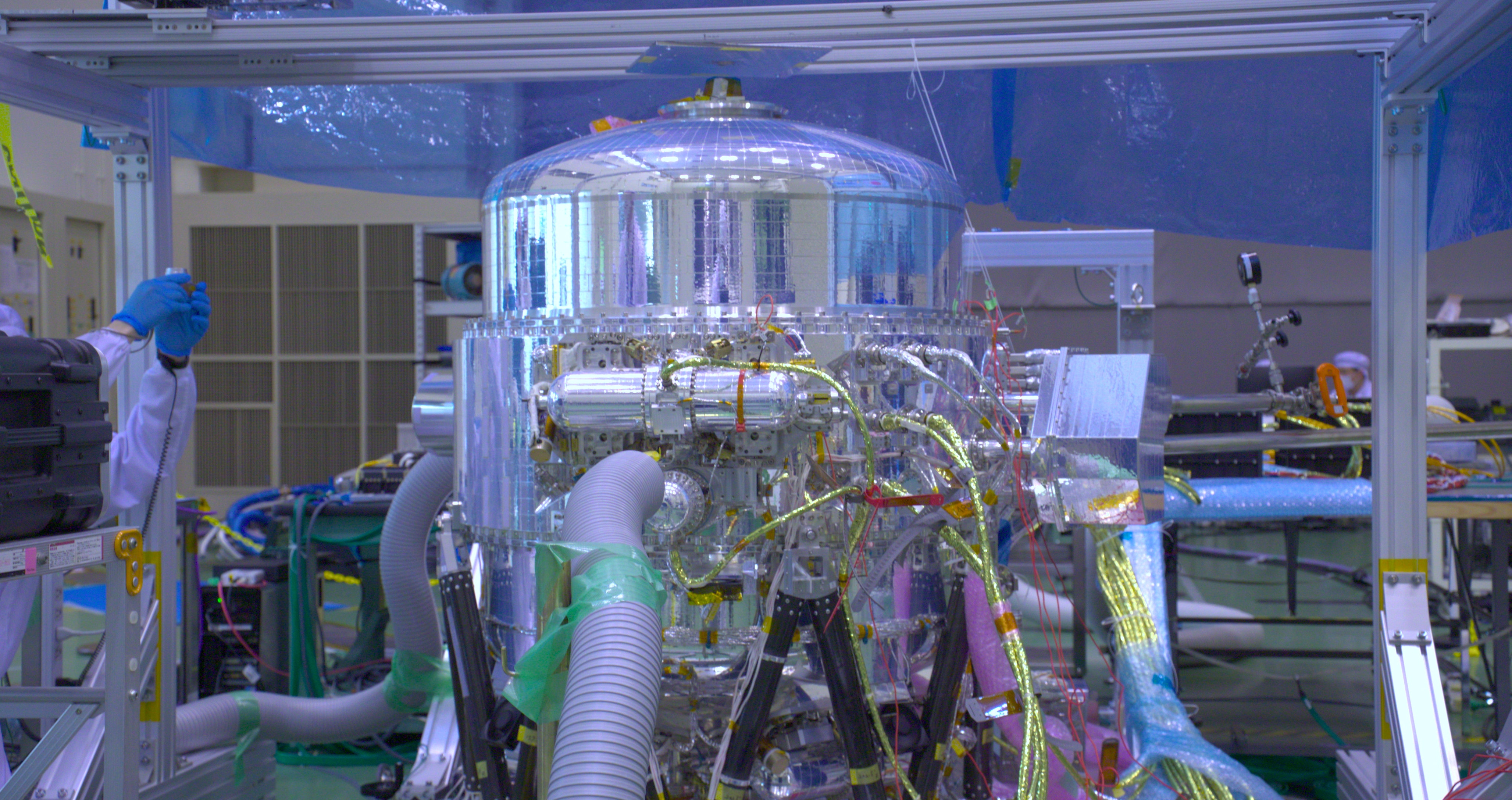
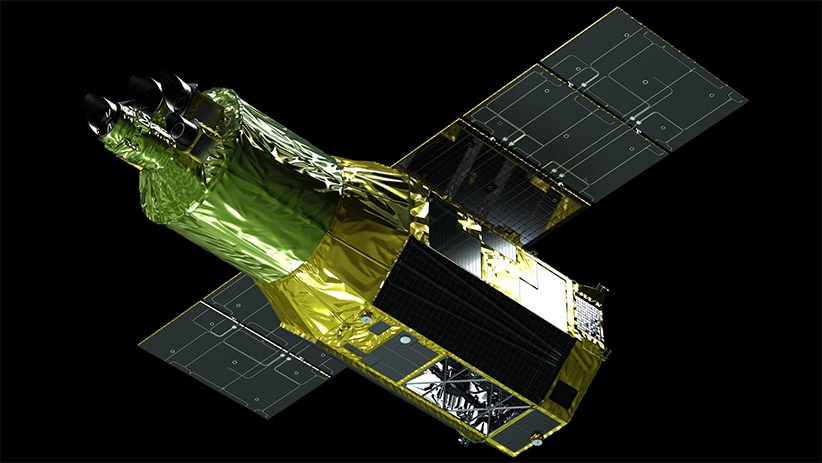
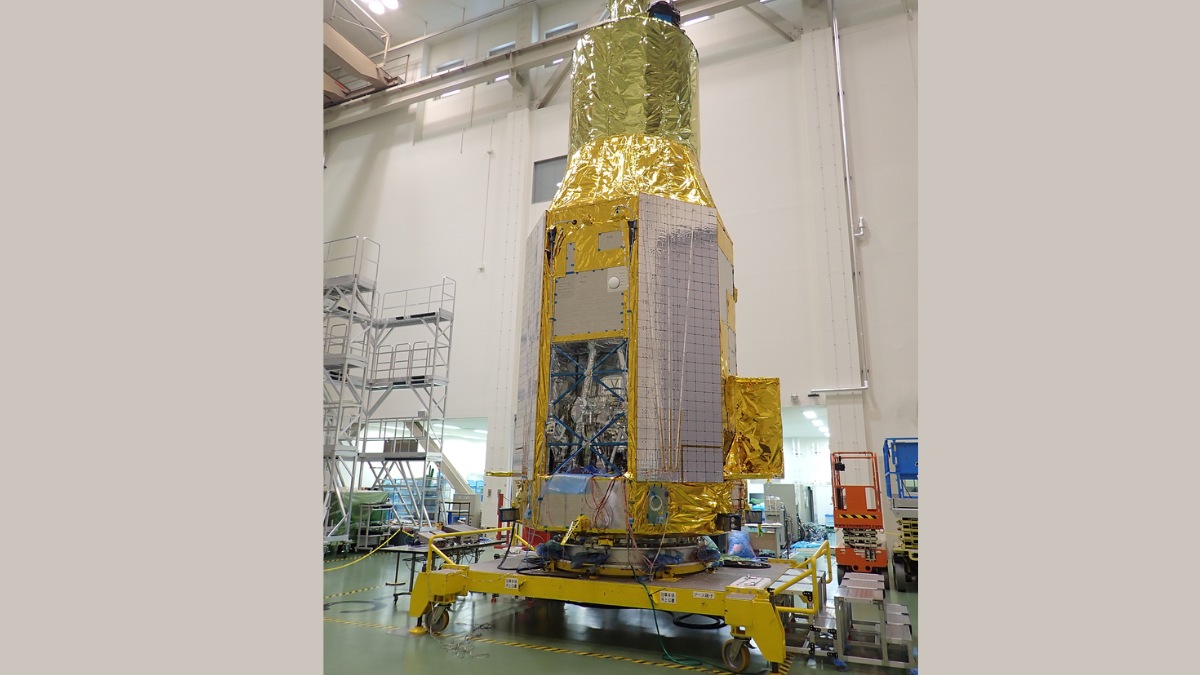

 View all Images
View all ImagesAstronomers have made a remarkable discovery using data from the European Space Agency's Cheops satellite. They have found a planet that defies expectations and, according to them, should not even exist. It is known as LTT9779 b. This Neptune-sized exoplanet orbits very close to its host star, completing a full orbit in less than a day.
LTT9779 b- The Mirror Planet
LTT9779 b is essentially a colossal mirror in space, reflecting an astonishing 80% of the light it receives from its nearby star. For comparison, Venus, with its thick cloud layer, reflects only 75% of the Sun's light, while Earth reflects a mere 30%. The reason for this planet's incredible reflectivity lies in its atmosphere, which is laden with thick metal clouds, majorly composed of silicate (similar to sand and glass) with traces of titanium.
At first, scientists were puzzled by the presence of these reflective metal clouds. However, they eventually realized that the cloud formation process is akin to condensation in a bathroom after a hot shower. Just as a bathroom steams up due to excess water vapor, LTT9779 b's atmosphere becomes oversaturated with silicate and metal vapors, leading to the formation of metallic clouds, in its scorching environment.
This "ultra-hot Neptune-like" planet is unique because no other similar celestial body has been observed orbiting so close to its star, as published in the journal Astronomy & Astrophysics. The prevailing theory was that such planets would lose their atmospheres to the intense stellar radiation, leaving behind a barren rocky core.
However, LTT9779 b's metal clouds play a vital role in its survival. These clouds effectively reflect a significant portion of the starlight, helping to prevent the planet's atmosphere from becoming excessively hot and evaporating. Moreover, the presence of heavy metals in the atmosphere makes it difficult for the star's radiation to blow away the planet's protective envelope.
Catch all the Latest Tech News, Mobile News, Laptop News, Gaming news, Wearables News , How To News, also keep up with us on Whatsapp channel,Twitter, Facebook, Google News, and Instagram. For our latest videos, subscribe to our YouTube channel.

